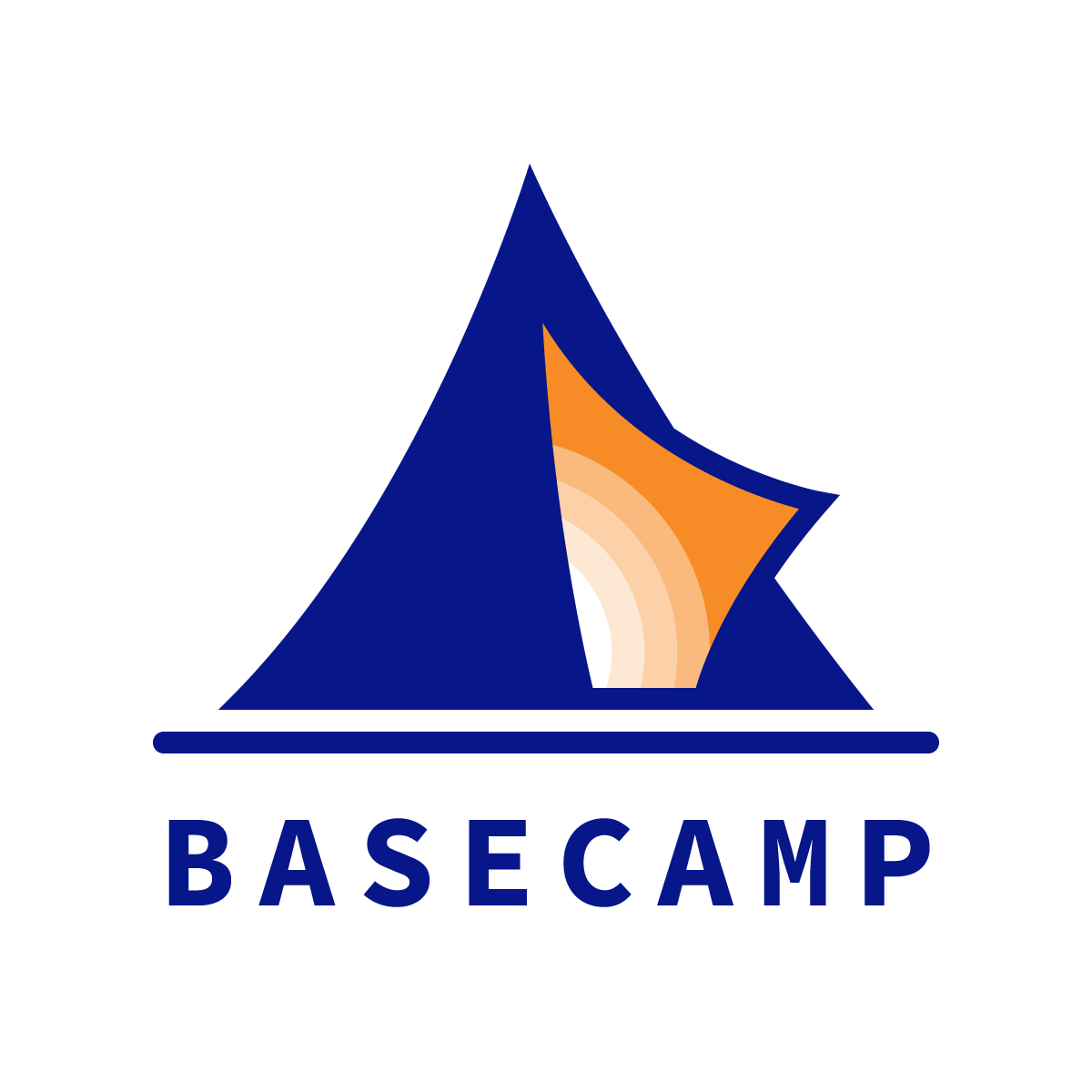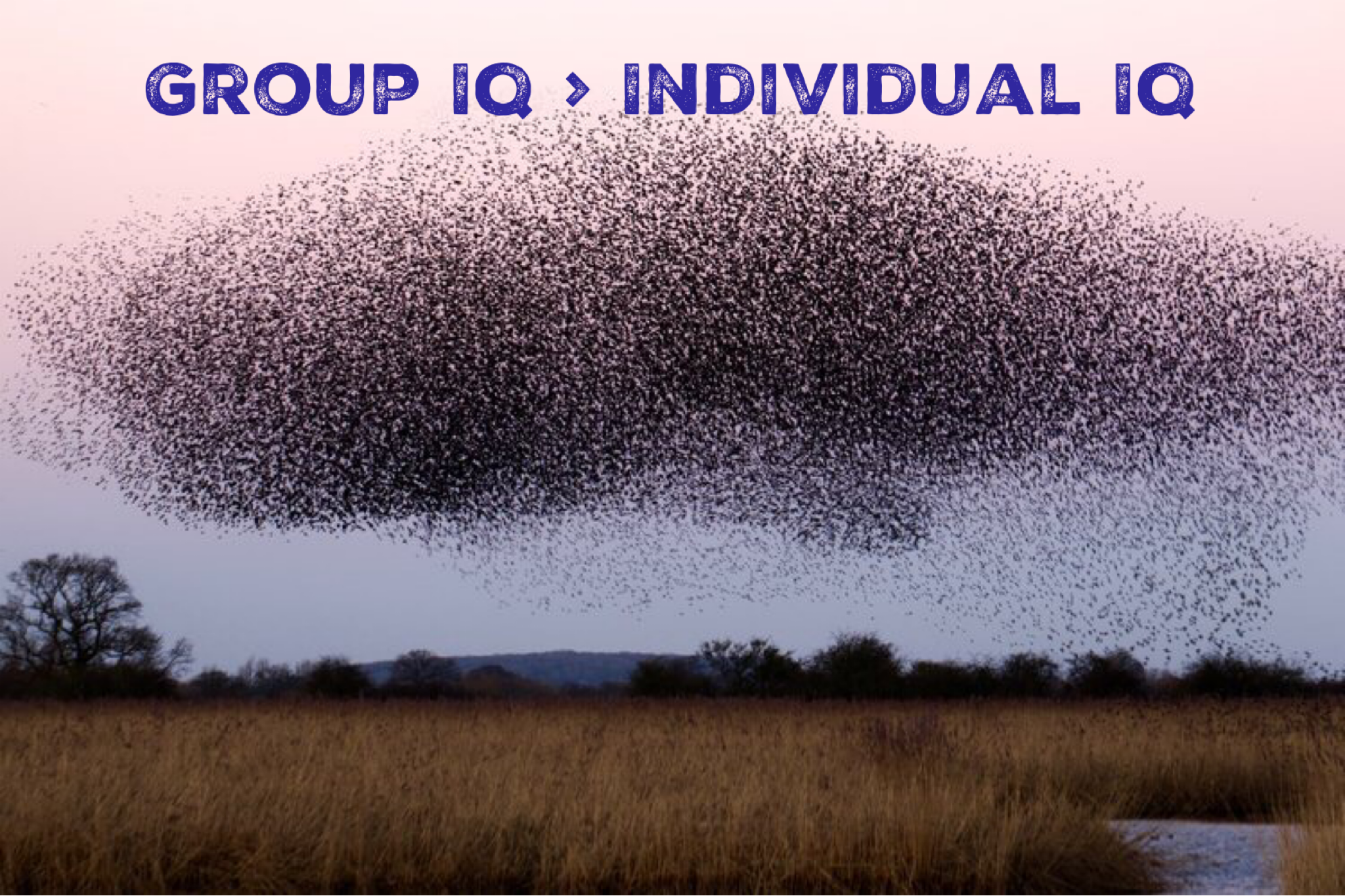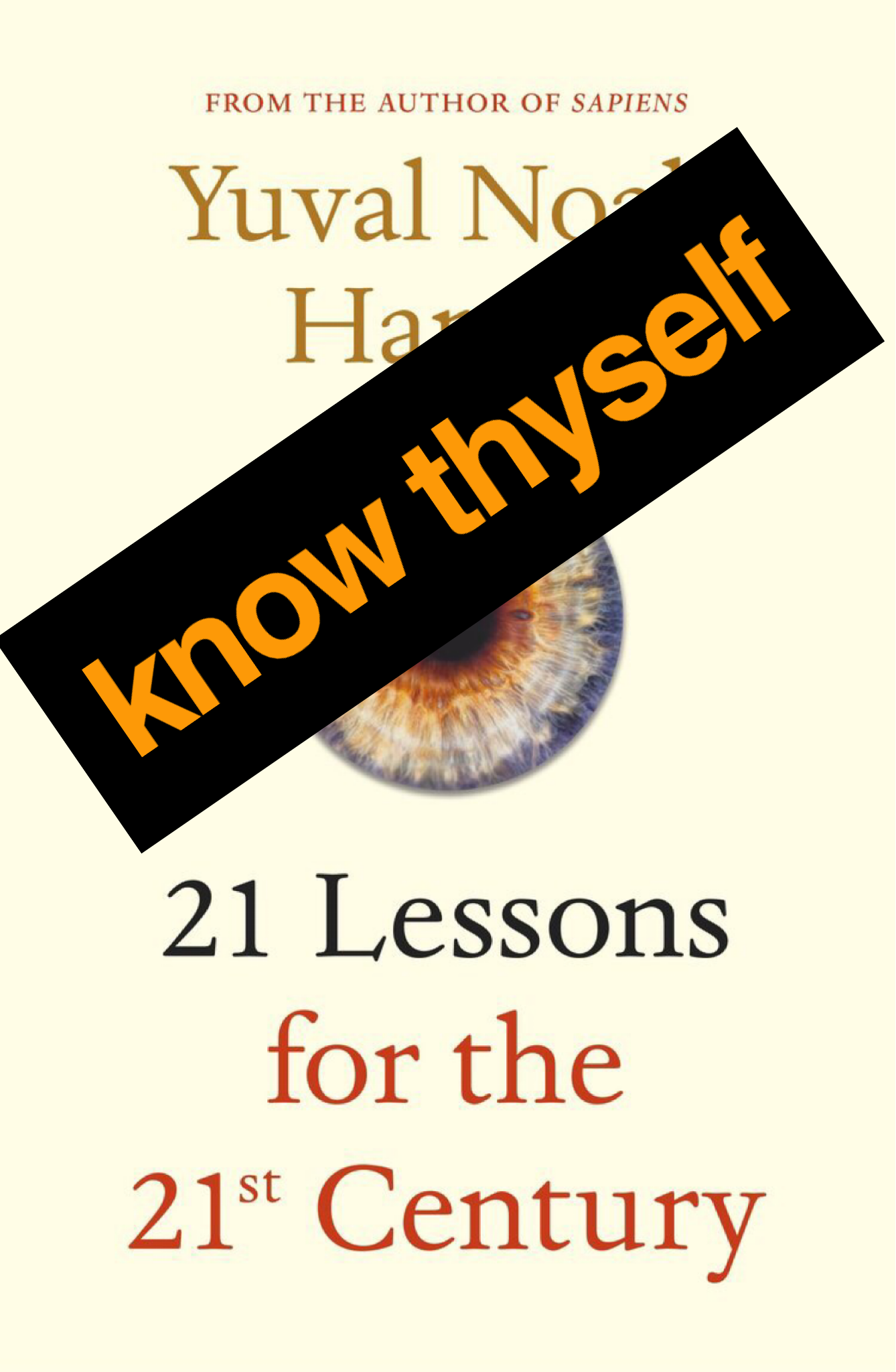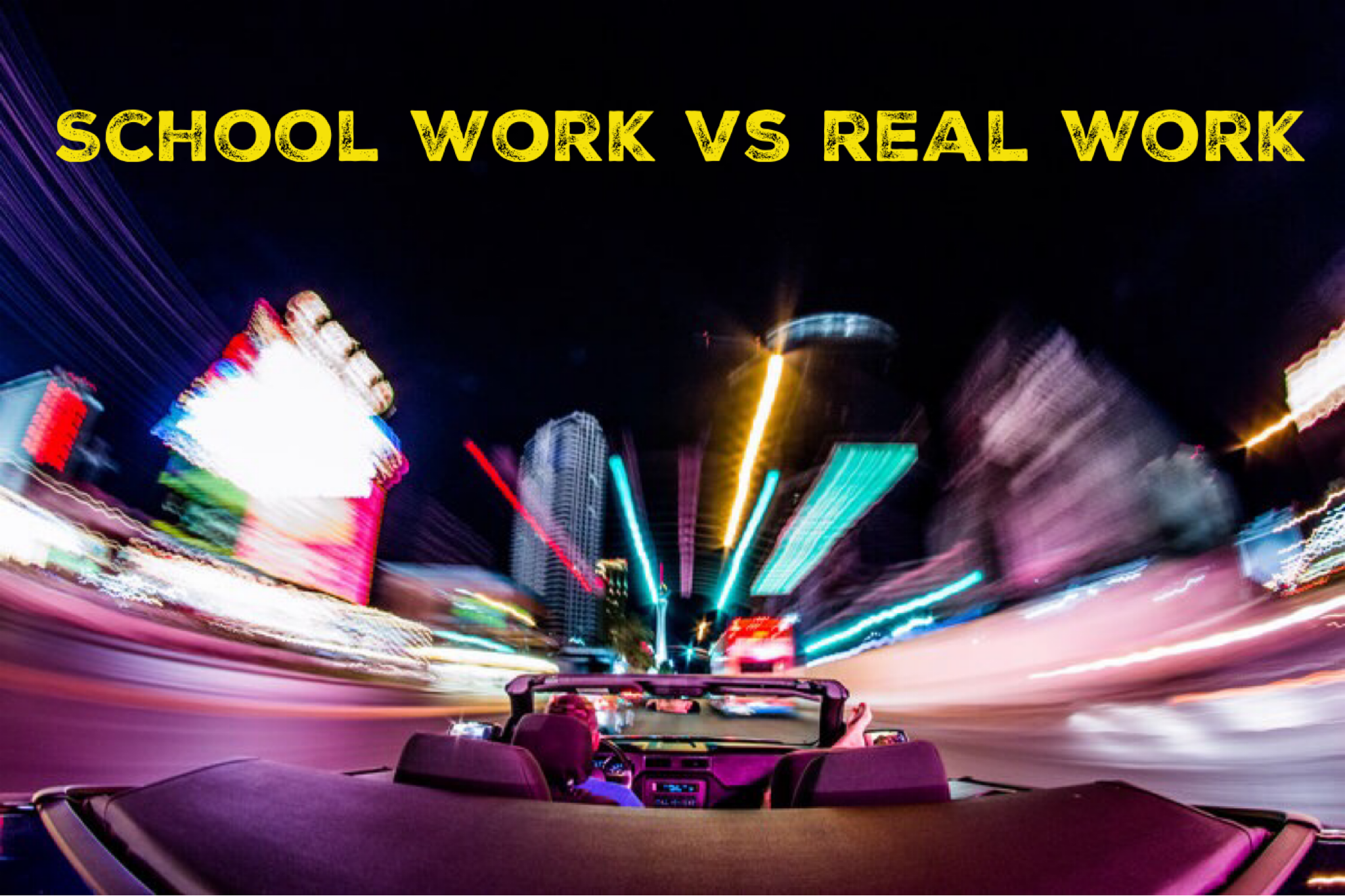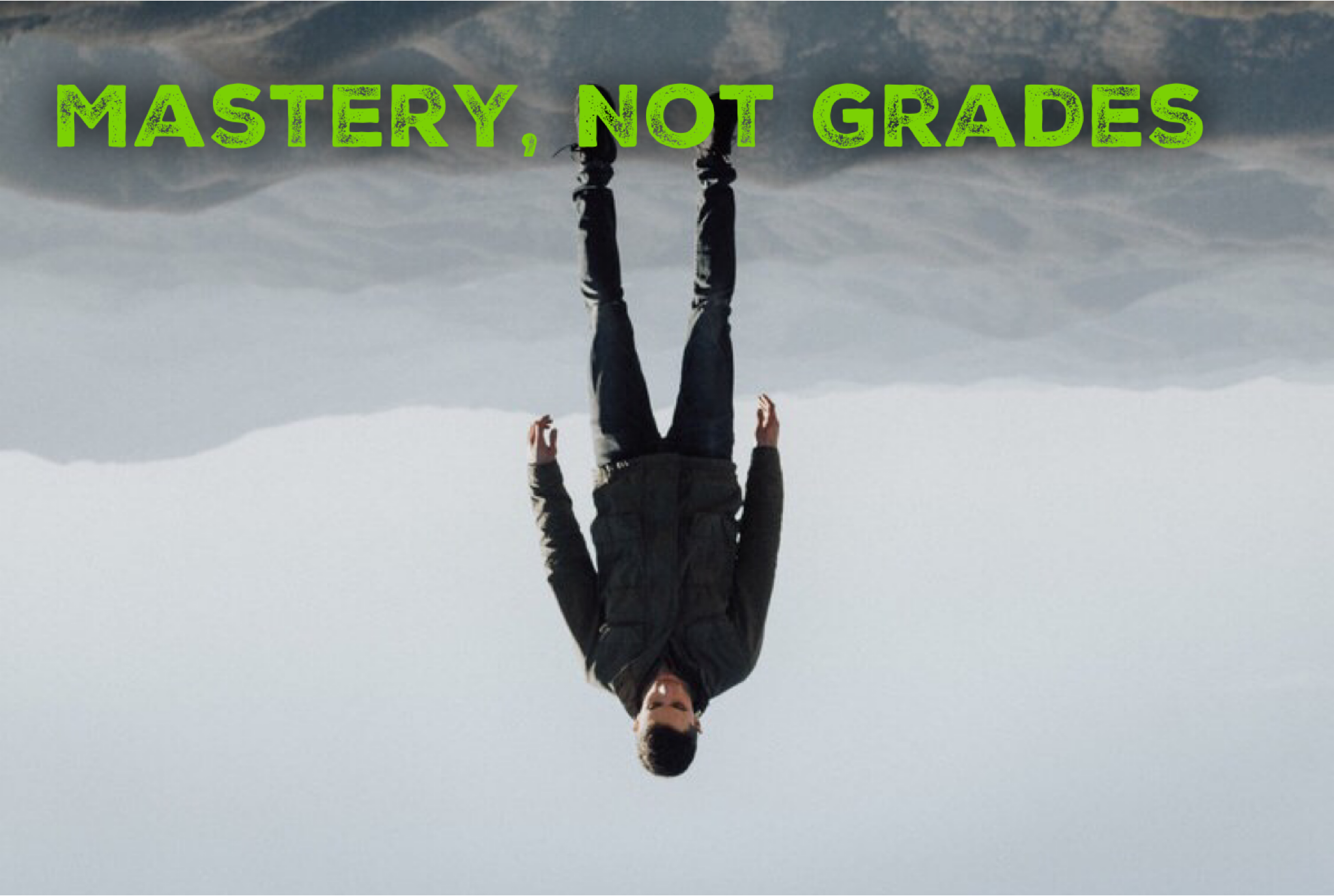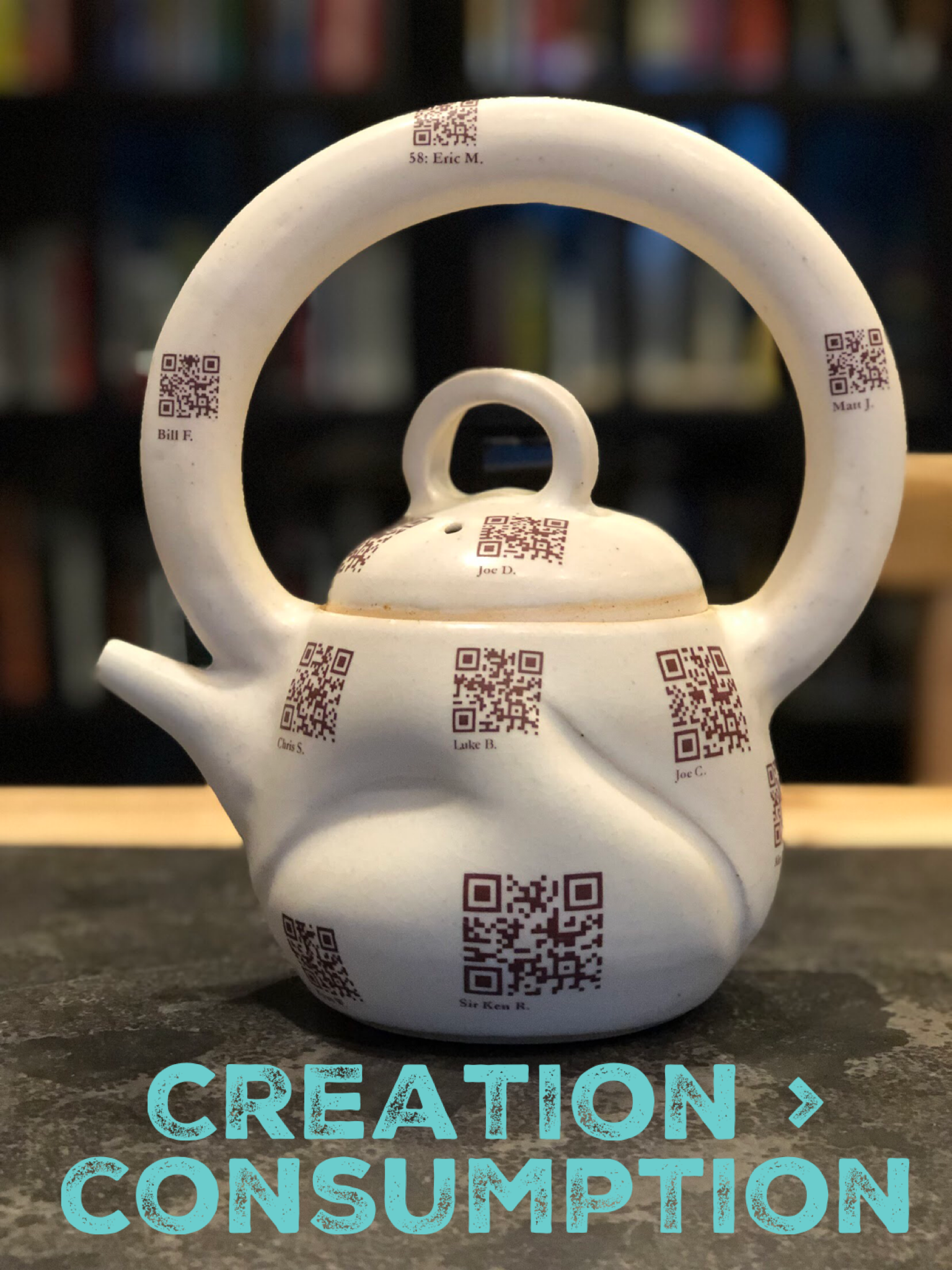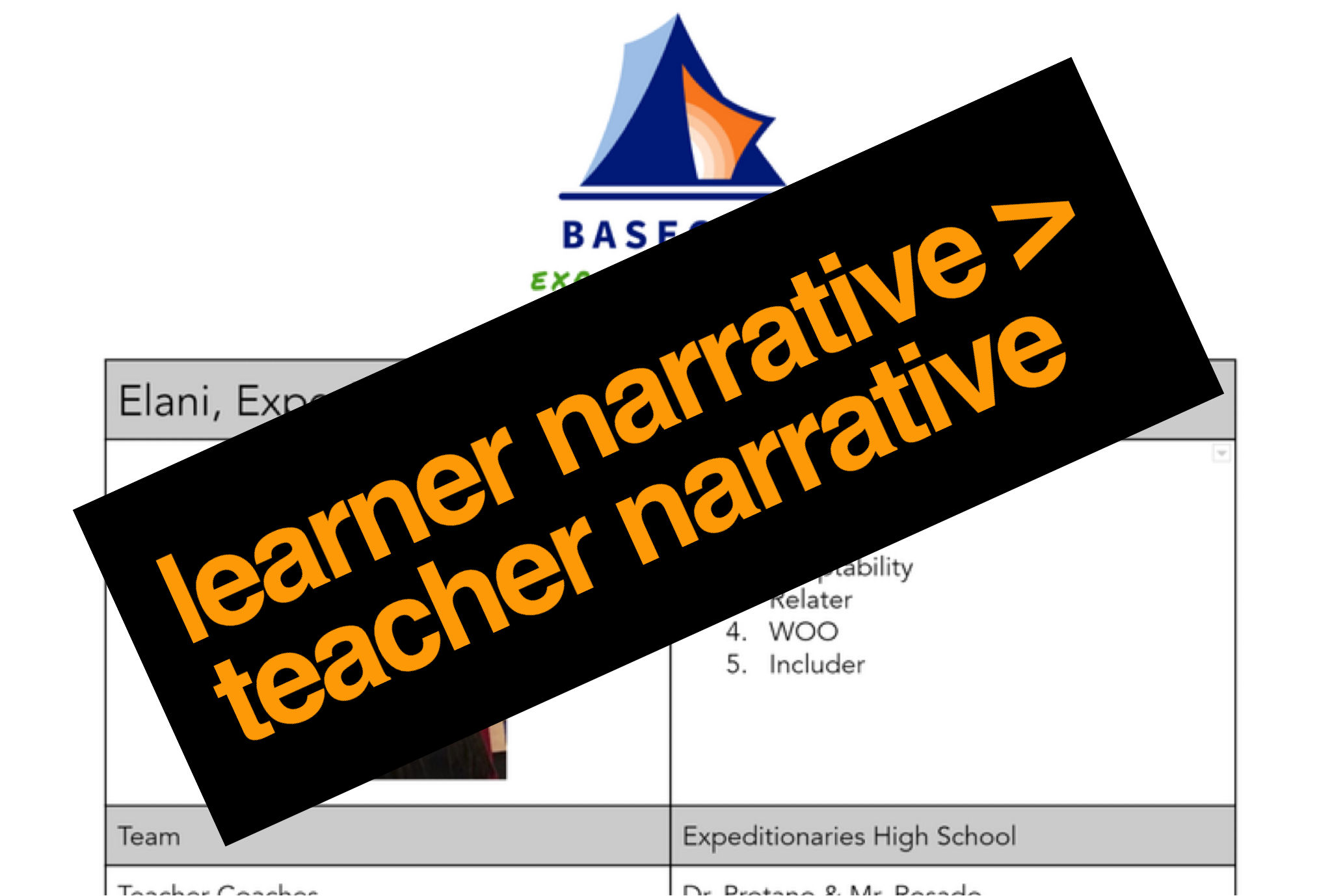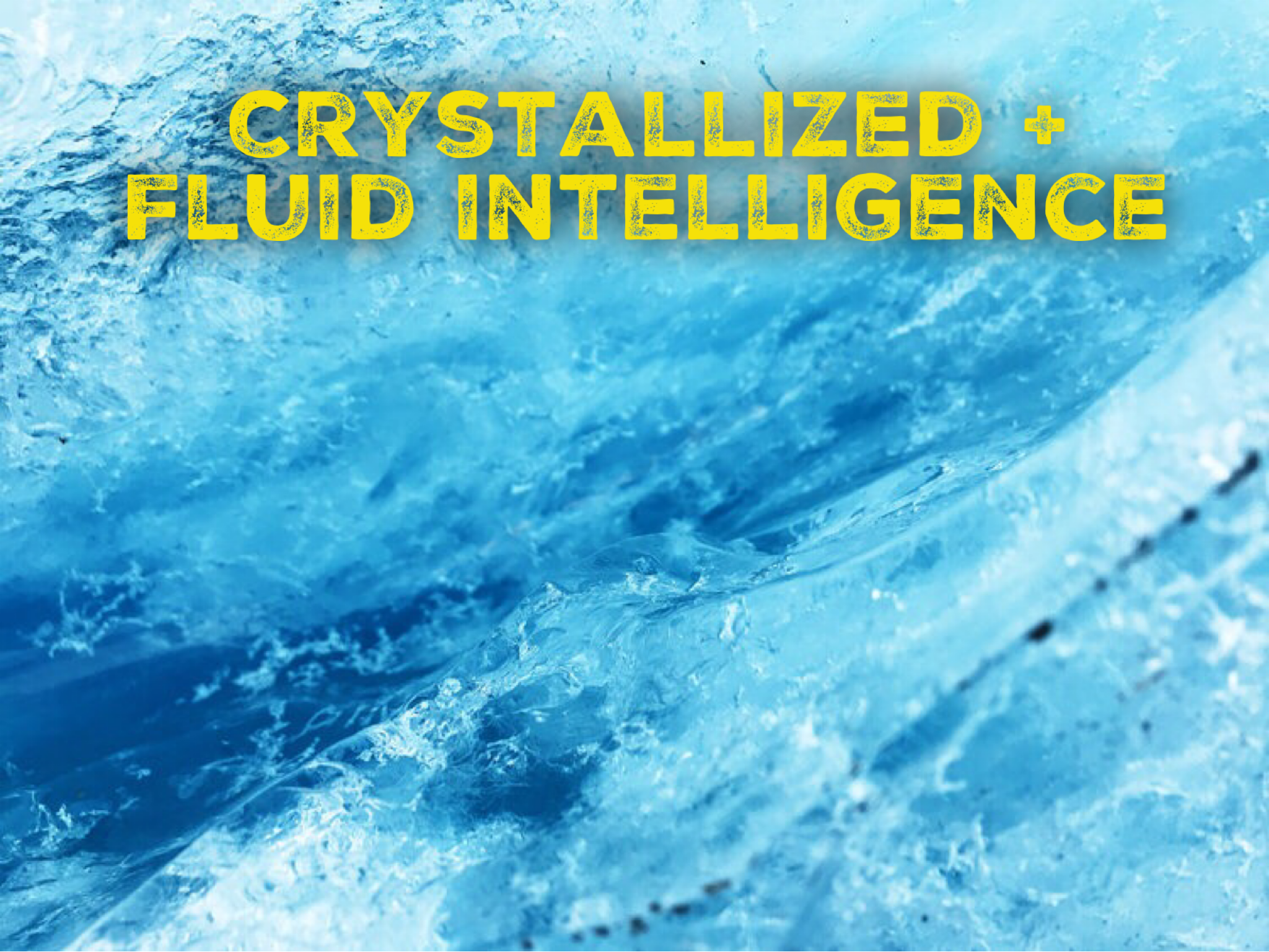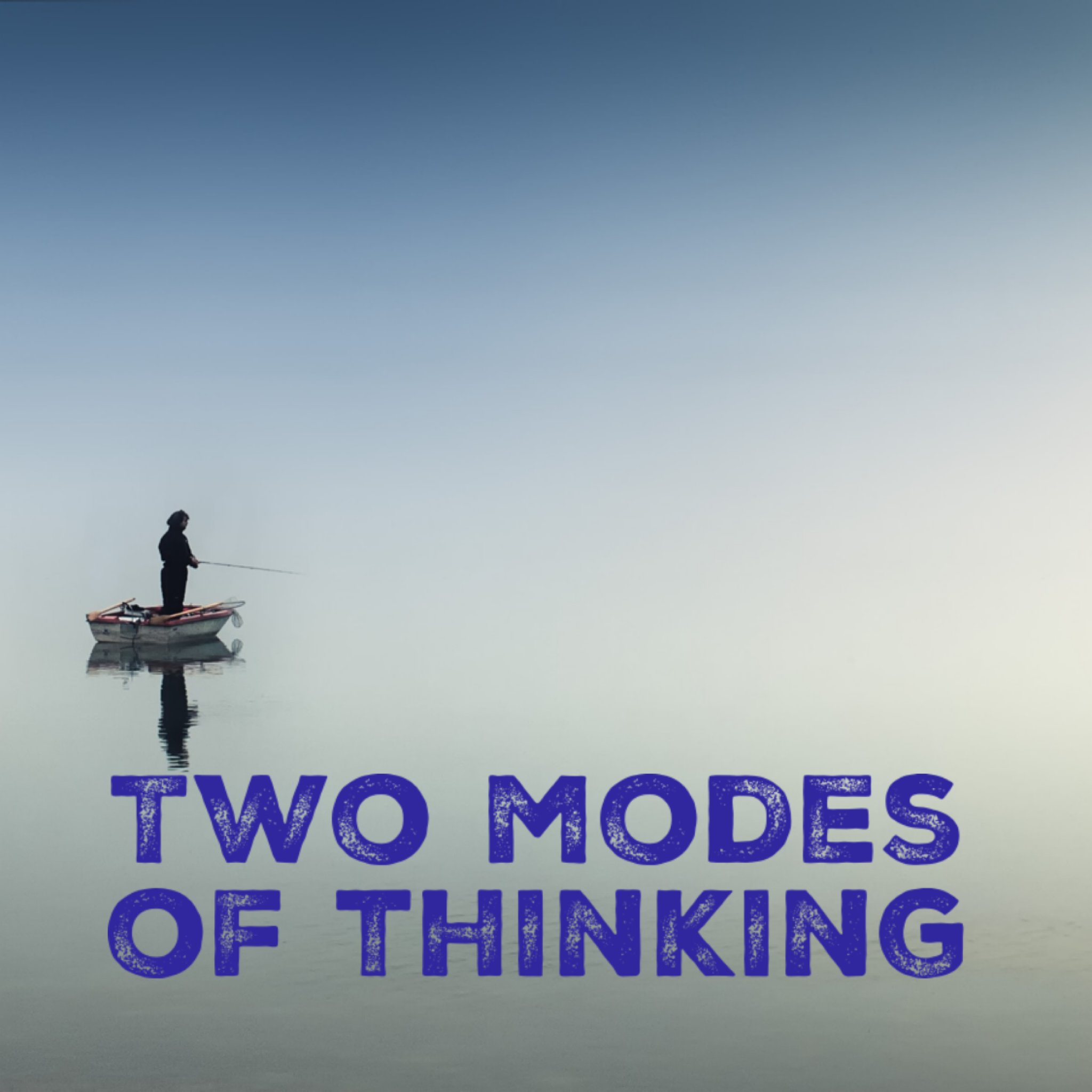School of the Future: Searchlight Intelligence
Who first spotted the signals that we would eventually refer to as COVID-19?
As far as we can tell, it was an ophthalmologist named Li Wenliang. When he noticed several patients exhibiting respiratory symptoms, Dr. Li started to ask behavioral questions: Where had they been recently? What had they been up to?
He soon learned that these patients had visited the Hunan Seafood Market. His mind made an intuitive leap: flu-like symptoms + exposure to animals = potential animal-to-human virus outbreak.
But “intuitive” doesn’t properly describe Dr. Li’s thinking. A better term would be “heuristic,” rules of thumb or rough models of how the world works.
In a recent LinkedIn post, Heather McGowan writes,
“Howard Gardner […] describes [relying on heuristics] as, ‘the ability to connect the dots between people and ideas, where others see no possible connection’. Searchlight intelligence is the ability to apply the heuristic to future events and scenarios enabling innovation. […]
“In this reality of accelerated change, the best leaders are constant learners who scan the horizon for emerging trends or changes in behavior and employ tacit knowledge, notably heuristics, to identify opportunities not yet evident to others.”
Heuristics reflect experiential knowledge. You can’t do much with a searchlight if you don’t go out into the world with it.
In our age of accelerating change, we will need more people with searchlight intelligence. The School of the Future will meet that need by creating the conditions for students to identify problems no one has thought of and to explore those blank spots on the map.
***
For more in the School of the Future series, click on the tiles below.
***
Thank you for reading this post from Basecamp's blog, Ed:Future. Do you know someone who would find the Ed:Future blog worthwhile reading? Please let them know that they can subscribe here.
